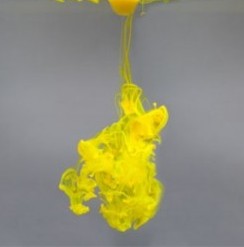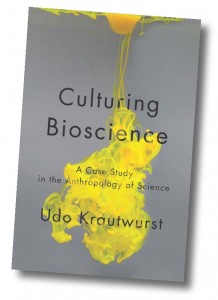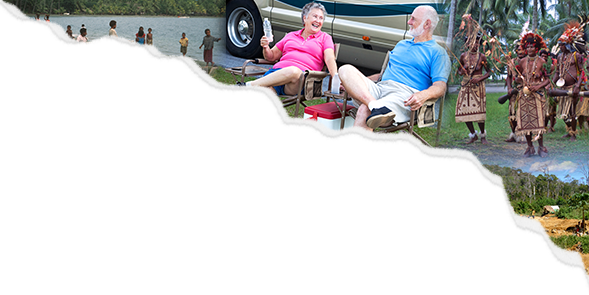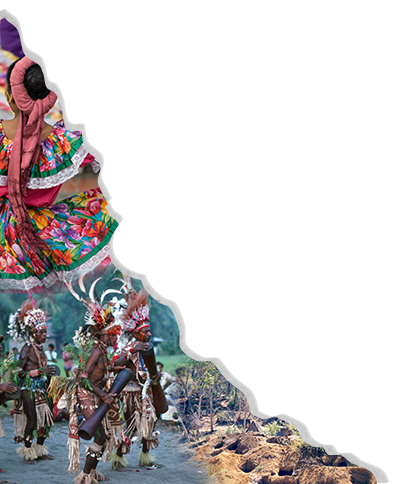
When I began my research at the bioscience facility at the University of Prince Edward Island—it’s also the campus where I teach—I didn’t have a particular audience in mind. At the time I was much more concerned with making the most of my opportunity to “study up,” in Laura Nader’s phrase. Toward the end, though, when I did have to start thinking about “writing culture,” and for whom, the idea of aiming for a primarily undergraduate audience, especially students in their first and second year, seemed like a good way to address problems I encounter as an instructor. Writing about the effort to establish an open-concept bioscience facility seemed like a good way to address the current controversies surrounding the human sciences, both in social media and professional publications, about issues of “relevance” or conceptual “complexity.” Instructors of introductory courses have had to grapple with these concerns much longer than recent attention would suggest.
As Sarah J. Mahler has suggested in a series of blog posts (here, here, and here), most students who wander into introductory anthropology classrooms don’t know much about the discipline and are there as likely by accident as by design. I’d say much the same goes for the field of science and technology studies (STS) as well. Because of this, first impressions matter a great deal; the instructor gets one opportunity to make things “stick,” to make a lasting impression about what these fields of study have to offer, regardless of whether the students take more classes or not. (Of course, I do my best to convince them to join me on the “dark side.”)
Part of my strategy to gain the attention of new students is to recall the two broad messages which stuck with me 35 years ago when I took my first intro anthropology course. One is the fact of human diversity, and that this diversity is indicative of a wide range of realizable possibilities for any number of issues. Similar problems can be resolved in numerous ways; relationships which can be imagined can be put into practice (though within limits). The second message, equally captivating, is that anthropology can make the strange familiar and the familiar strange. These two messages, termed the anthropological imagination by Ilana Gershon, haven’t changed much over the years and combine to form one of anthropology’s great strengths.
Another part of my strategy for leaving a lasting imprint on students is to make use of two more recent trends beyond the historical strengths of the discipline. Since I was an undergrad there is more ethnographic research than ever, anthropological or otherwise, done within the Western world. Anthropology, in Jeremy MacClancey’s phrase, is “exotic no more.” Moreover, there is more ethnographic research on relatively privileged groups than ever before. Unfortunately, these two developments are not well represented when students are first introduced to anthropology and STS. Introductory anthropology texts seem to put far more energy into making the strange familiar than making the familiar strange, the almost ritual use of Horace Miner’s “Body Ritual among the Nacirema” notwithstanding. It is one of the frustrations I encounter as an instructor trying to convey that valuable lessons and ideas can be generated by these fields of study not only someplace else, but right here, where students live. STS students, on the other hand, often have limited exposure to the merits of ethnographic methods in their first couple of years of study. This applies even more to students of the natural sciences.
 One of the things students do arrive with when they first enter the classroom in just about any introductory course at a university is a well-developed image of the ideal of science. One of my motivations for writing Culturing Bioscience was to provide a means for making the familiar strange, while at the same time suggesting a range of realizable possibilities for doing science differently. The institution of science, especially in its idealized, even idolized, forms is one of the dearest to Western civilization. Questioning science seems like a heresy to many in the Western and non-Western worlds, which is exactly why it is worthy of closer inspection. I also really thought it necessary that analysis should be theoretically framed in a way that wants to promote and challenge scientific practices at the same time. A longstanding aim in much of the feminist science studies literature, such as the writings of Karen Barad, whose work I rely on considerably, has been to neither uncritically embrace nor dismiss science. Rather, the idea has been to blur the boundaries separating natural sciences, humanities, and social sciences and to seek out new possibilities of practice in the generation of knowledge.
One of the things students do arrive with when they first enter the classroom in just about any introductory course at a university is a well-developed image of the ideal of science. One of my motivations for writing Culturing Bioscience was to provide a means for making the familiar strange, while at the same time suggesting a range of realizable possibilities for doing science differently. The institution of science, especially in its idealized, even idolized, forms is one of the dearest to Western civilization. Questioning science seems like a heresy to many in the Western and non-Western worlds, which is exactly why it is worthy of closer inspection. I also really thought it necessary that analysis should be theoretically framed in a way that wants to promote and challenge scientific practices at the same time. A longstanding aim in much of the feminist science studies literature, such as the writings of Karen Barad, whose work I rely on considerably, has been to neither uncritically embrace nor dismiss science. Rather, the idea has been to blur the boundaries separating natural sciences, humanities, and social sciences and to seek out new possibilities of practice in the generation of knowledge.
Culturing Bioscience is also intended to convey how the institution of science shapes and is shaped by other institutions. The Atlantic Centre for Comparative Biomedical Research (ACCBR) was a contested space in many ways. I came to realize how the changing dynamics and direction of the University of Prince Edward Island, provincial and federal science policies, and federal and provincial education policies all contributed to what happened to the ACCBR. This is one of the strengths of using ethnographic methods. In some respects it just may not make sense to speak of “science” in the singular when connections are drawn to political, economic, and educational institutions, for example, all of which have their local peculiarities, forces, and directions. As a privileged institution in multiple senses, in relations with other privileged institutions, science well fits Laura Nader’s suggestion that anthropology should address what students consider locally important. I wish for students to engage their anthropological imagination and ask themselves how science, education, economics, and their related policies work in practice (and with what effects and possibilities) where they are living or studying.
Udo Krautwurst accidentally fell into the anthropology of science and STS after moving to Prince Edward Island, expecting to teach the anthropology of colonialism and postcolonialism. By day he is mild-mannered lurker @UpeiUdo. At night he is @Kafkatastrophe, but still a mild-mannered lurker.



